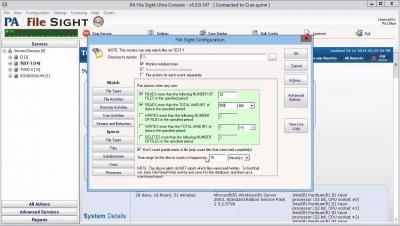What after I install Let’s encrypt?
TL;DR you’re never done with Let’s encrypt: once your servers are secure, you must ensure they stay that way. Let’s encrypt is a no brainer: this initiative benefits us all, with free domain-validated certificates. It’s easy to setup and free. There’s probably automatic installation for your web server of choice, the community behind it can help, and tutorials are everywhere. Then you head to https://










